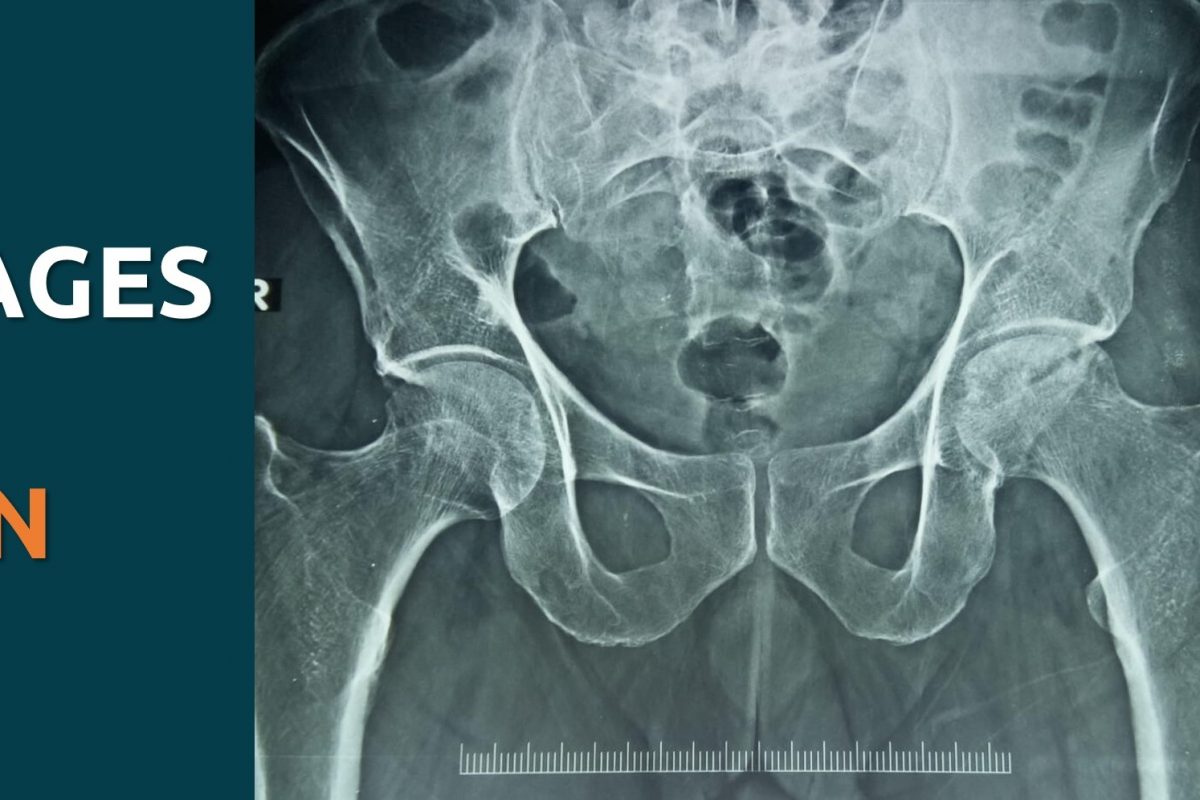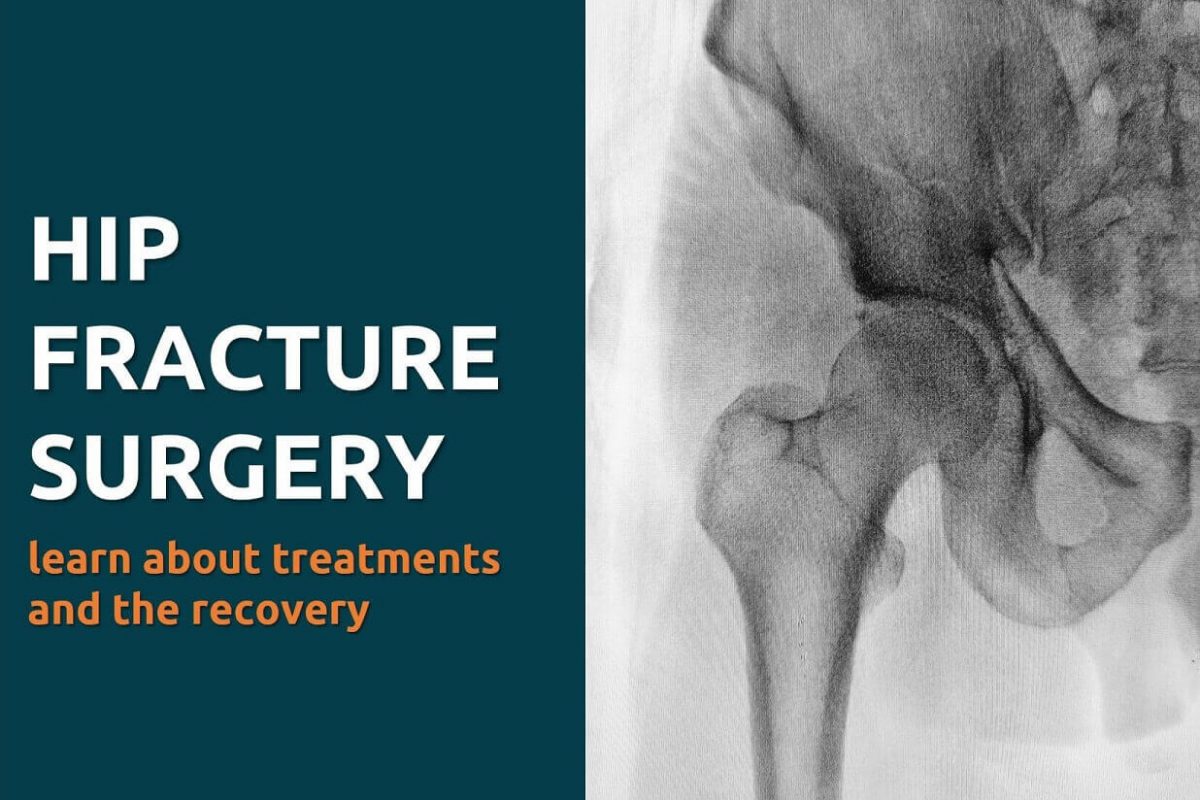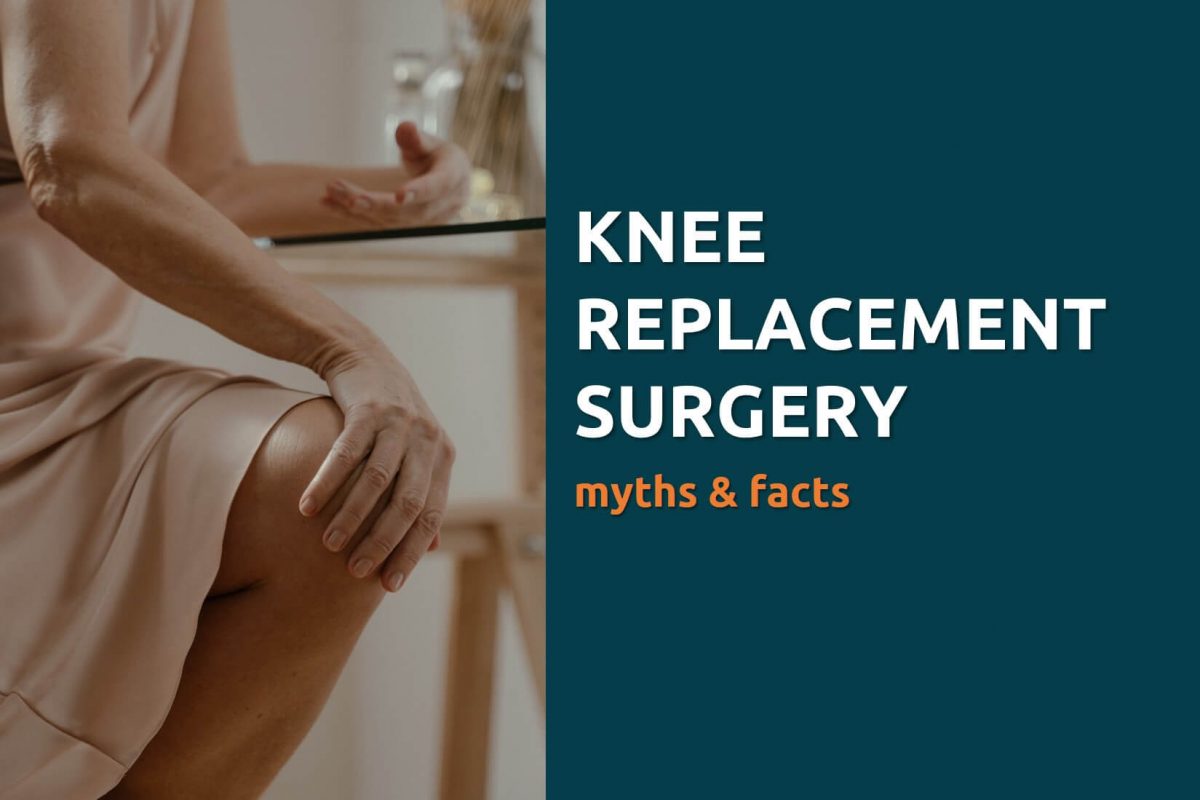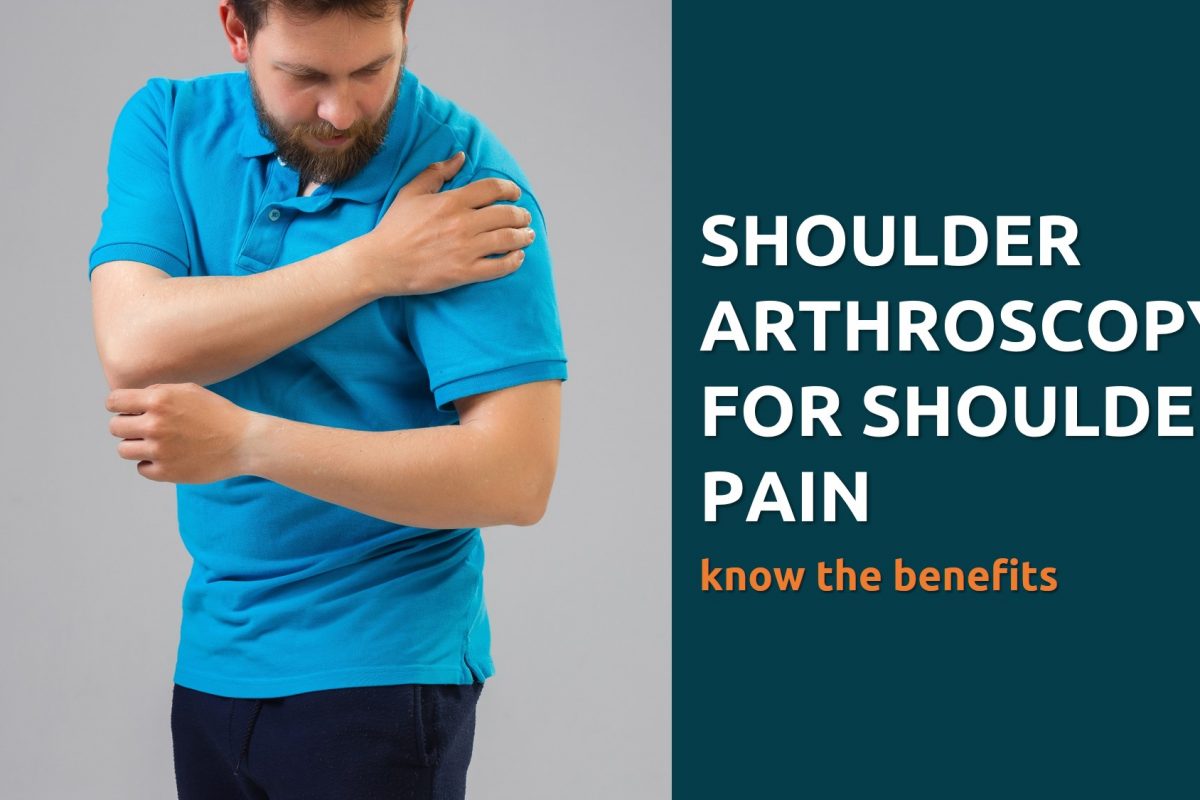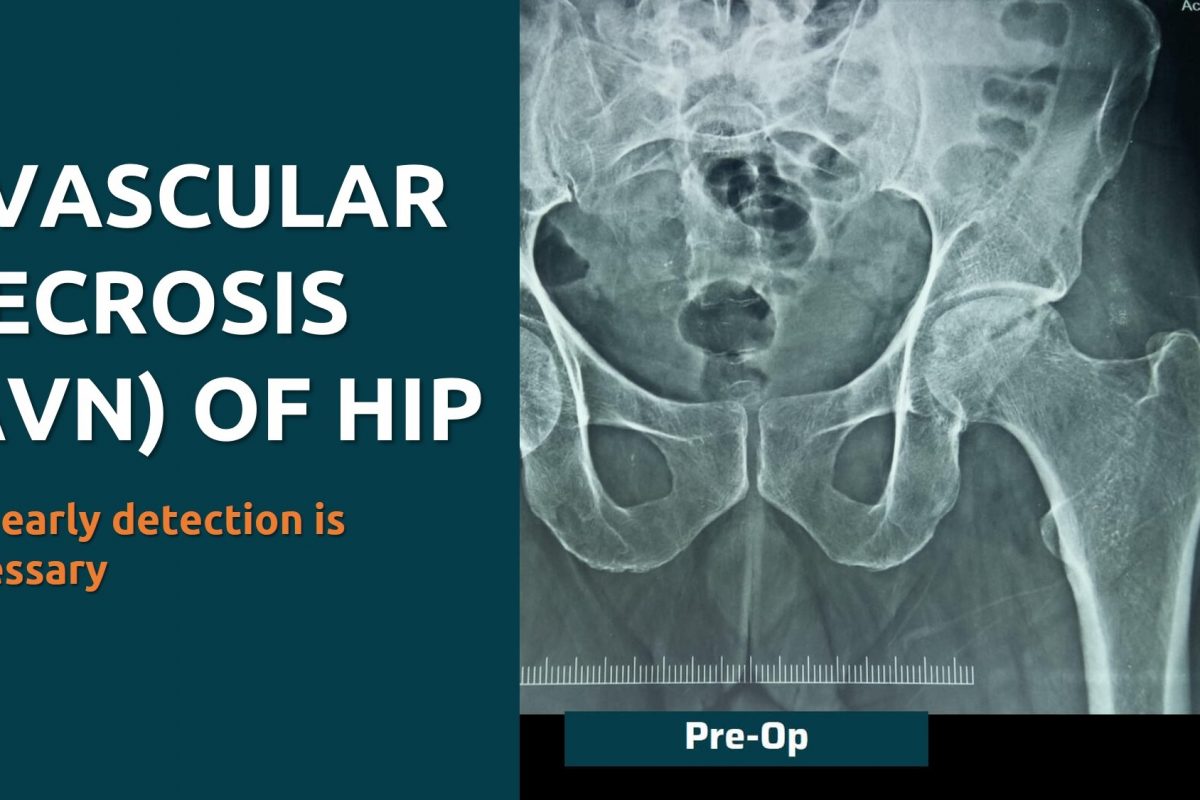What is AVN or Avascular Necrosis?
Cellular death in the hip area has nothing to do with your mobile phone, but it does have everything to do with mobility. An interruption of the blood supply to bone components, particularly the shoulders, knees and hips, is what causes cellular death. Bone is alive, but without blood tissue it dies.
And ultimately, this leads the bone to collapse. This disease is known medically as Avascular Necrosis (AVN), and has aliases the include osteonecrosis, bone infarction, aseptic necrosis or ischemic bone necrosis.
AVN is not life-threatening, but it is debilitating. If it isn’t treated, AVN can cause the bone to collapse. AVN most often affects your hip. Anyone can be affected, but the condition is most common in people between the ages of 30 and 50.
SEE ALSO: SYMPTOMS & RSIK FACTORS OF AVN
Stages of AVN
Avascular necrosis develops in stages. It may take several months or even over a year for the disease to progress; therefore, it is important to diagnose AVN early. Early treatment is directly linked to better outcomes. The stages of AVN are:
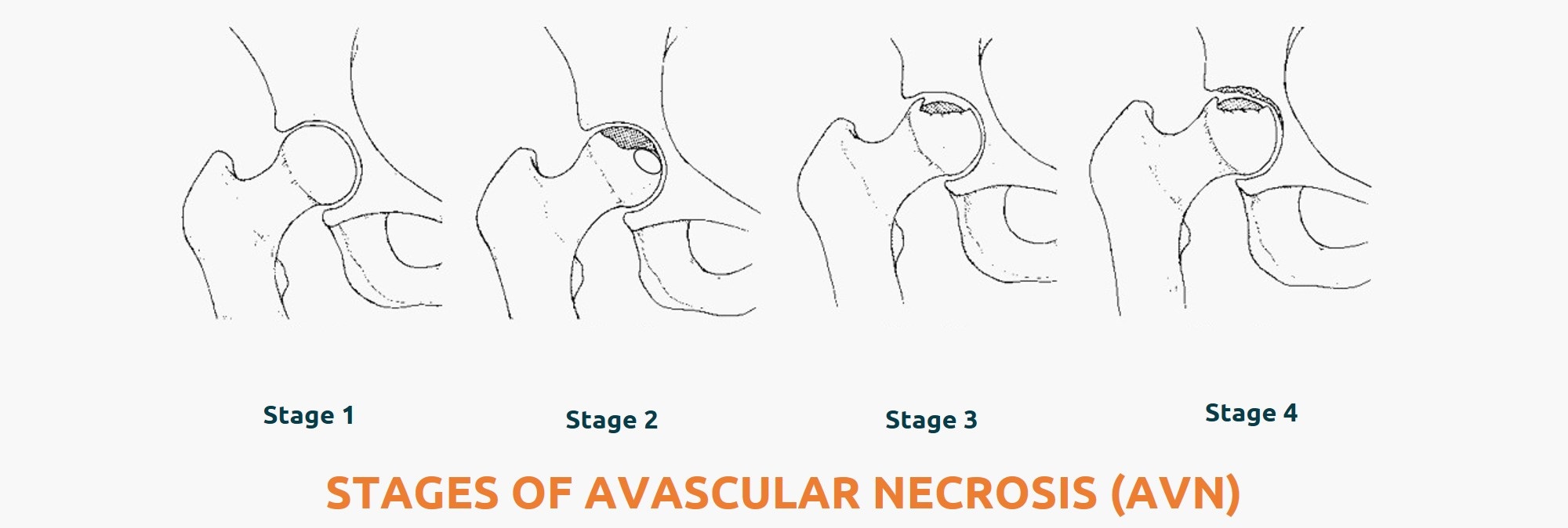
Stage 1: Primarily hip pain. X-rays may show the beginning of necrosis.
This stage is characterized by sclerosis of the superior central portion of the joint head and/or osteopenia and/or subchondral cysts.
Stage 2: Bone death can be seen on x-ray but the femoral ball is intact.
In this stage, the articular surface is depressed so that the round contour is compromised, without being significantly deformed. This leads to a joint space narrowing.
Stage 3: Shows bone death with collapse on x-ray, also shows signs of cartilage damage and osteoarthritis.
This stage is characterized by a wide collapse of the subchondral bone and destruction if the underlying trabecular pattern. This can lead to secondary arthritis.
Stage 4: Shows collapse of the femoral head with severe osteoarthritis.
The final stage where both articular surfaces are affected, which leads to a dysfunctional joint.
Avascular necrosis treatment
There are several good options for treating AVN, depending on the patient’s health, age, level of activity, condition of the bone and pre-existing health conditions.
Non-surgical treatment of AVN includes: medications and therapy like rest, exercises and electrical stimulation.
If you catch avascular necrosis early, treatment may involve taking medications to relieve pain or limiting the use of the affected area. Because most people don’t develop symptoms until avascular necrosis is advanced, your health care provider might recommend surgery. Surgical treatment of AVN includes:
- Core decompression
- Bone transplant (graft)
- Bone reshaping (osteotomy)
- Joint replacement
- Regenerative medicine treatment
When avascular necrosis of the hip is diagnosed at the onset stage, core depression can sometimes successfully prevent the collapse of the femoral head. Treatment goals for AVN are to improve the joint, stop the bone damage, and ease pain.

